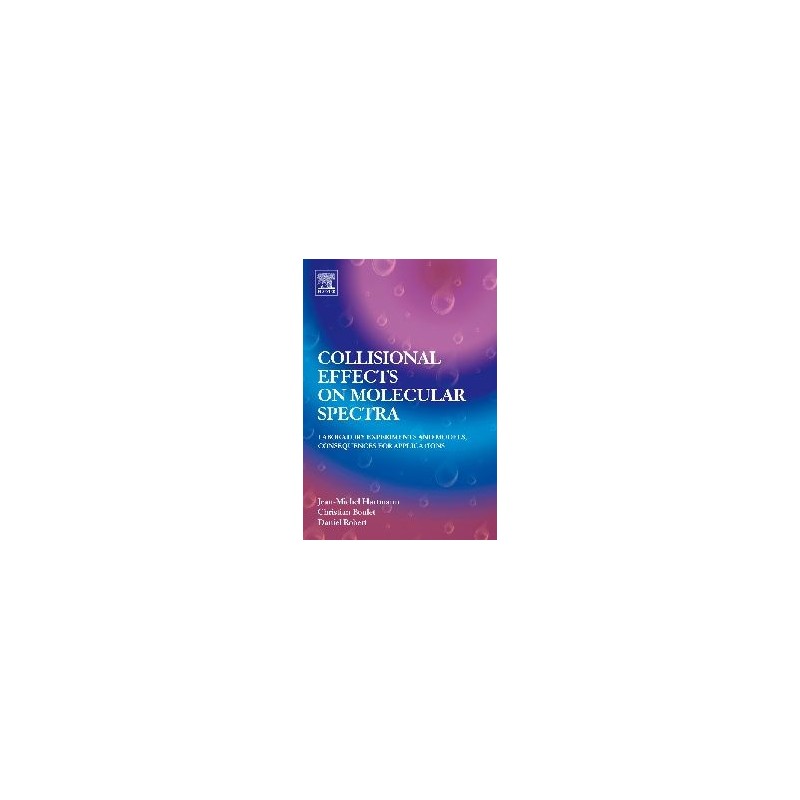- Obecnie brak na stanie



Moduł z układem VS1000D i pamięcią SPI Flash, który pozwala na odtwarzanie dźwięków w formacie Ogg Vorbix oraz WAV zapisanych na pamięci SPI Flash. SparkFun DEV-14006
Brak towaru
Brak towaru
Minikomputer z czterordzeniowym procesorem Allwinner H616 Cortex-A53. Wyposażony został w układ GPU Mali G31 MP2 oraz 512 MB pamięci RAM. Zestaw zapewnia komunikację WiFi oraz Bluetooth 5.0. Orange Pi Zero2
Brak towaru
Brak towaru
Brak towaru
Brak towaru
UGears Karuzela to urzekający drewniany model mechaniczny, który odtwarza klasyczną karuzelę z wesołego miasteczka. Charakteryzujący się wysokiej jakości wykonaniem i szczegółowo dopracowanymi detalami, model oferuje ruchome elementy, takie jak koniki i ozdobne lampiony. Zaprojektowany do samodzielnego montażu bez użycia kleju, stanowi nie tylko atrakcję wizualną, ale również zapewnia satysfakcję z samodzielnej budowy i zrozumienia mechanizmów mechanicznych. UGears 70129
Brak towaru
Brak towaru
Brak towaru
Brak towaru
Obudowa do komputerów Raspberry: Pi 3 model B+, Pi 3 model B, Pi 2 model B oraz Pi 1 model B+ w kolorze czarnym z tworzywa sztucznego
Brak towaru
Brak towaru
Brak towaru
REJESTRATOR TEMPERATURY TLOG_2 - PŁYTKI DRUKOWANE I ZAPROGRAMOWANY UKŁAD - PŁYTKA DRUKOWANA I ZAPROGRAMOWANY UKŁAD
Brak towaru
Brak towaru
Tomasz Francuz
Brak towaru

